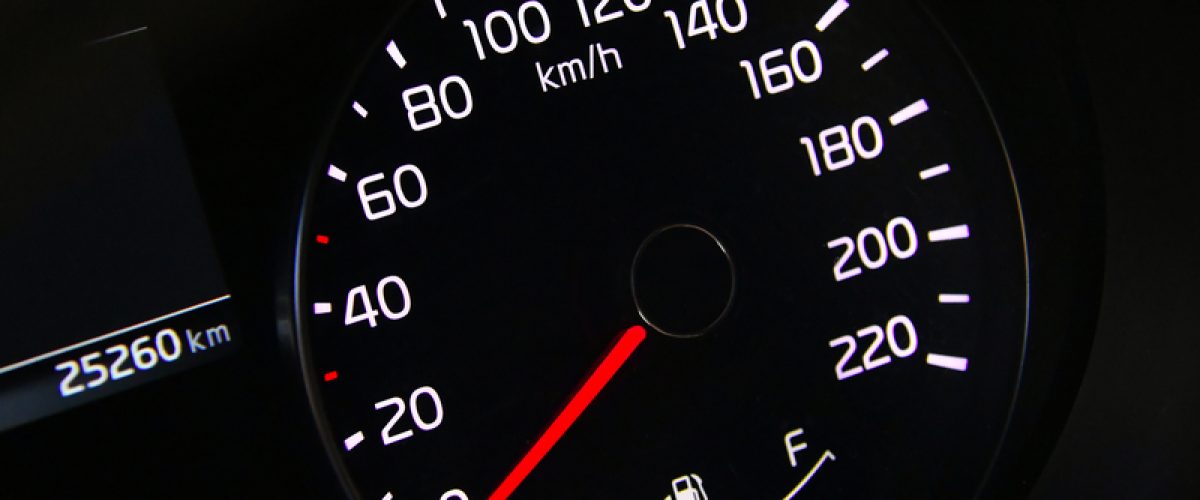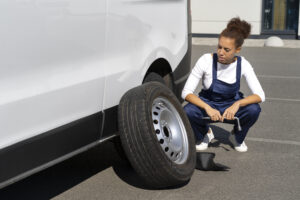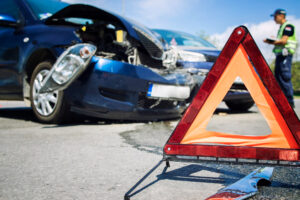With the fuel price in South Africa hovering at an all-time high, most drivers are open to any suggestions on how to get a little bit more from their tank.
With the fuel price in South Africa hovering at an all-time high, most drivers are open to any suggestions on how to get a little bit more from their tank. While it seems motorists might get some relief from these record-high prices in June 2021, it is always worthwhile driving as fuel efficiently as possible.
Here are five tips to make your tank go quite a bit further.
1. Plan your travelling
One of the best ways to save fuel is to drive less. This can be done by proper planning, for example instead of going to the mall every day, rather allocate a bit more time and go once a week. If you need to travel a fair distance for appointments, try to group them with other stops that you need to make in the same area. Where possible avoid rush hour, as travelling during peak hour means a long journey in terms of time and your car will use more fuel. Leaving timeously will also mean you are less rushed and driving in a relaxed manner is a sure way of saving fuel.
2. Change your driving style
The way you drive is the biggest contributor to the amount of fuel it uses. Avoid speeding between intersections and excessively revving your vehicle. A smooth, gradual, acceleration technique is the most economical way to drive, as is maintaining a constant speed on the highway and sticking to the speed limit.
3. Limit your use of the air conditioning
Your car’s air conditioner can contribute as much as 5% to your fuel bill, especially when stationary. It is a good idea to turn it off when you are standing still and switch it back on once you are up to speed.
4. Check your tyre pressures regularly
Underinflated tyres are a huge contributor to unnecessary fuel consumption. Tyres should be checked regularly and inflated according to the manufacturer’s specifications for the amount of load you are carrying. The correct pressures are normally found in the doorframe or fuel flap of your vehicle or in the owner’s manual.
5. Lose that extra weight
Extra weight in your vehicle will also push up its fuel consumption, therefore you should avoid any unnecessary weight by removing non-essential items. The same goes for unnecessary accessories like roof racks and bicycle carriers that not only add weight but also disrupt the aerodynamic properties of your vehicle.
While these tips will go a long way in saving you a few Rands, having the right vehicle for the job is the easiest way to save money. If you happen to be car-shopping, investing in a smaller, more fuel-efficient vehicle is the easiest way to save money.






